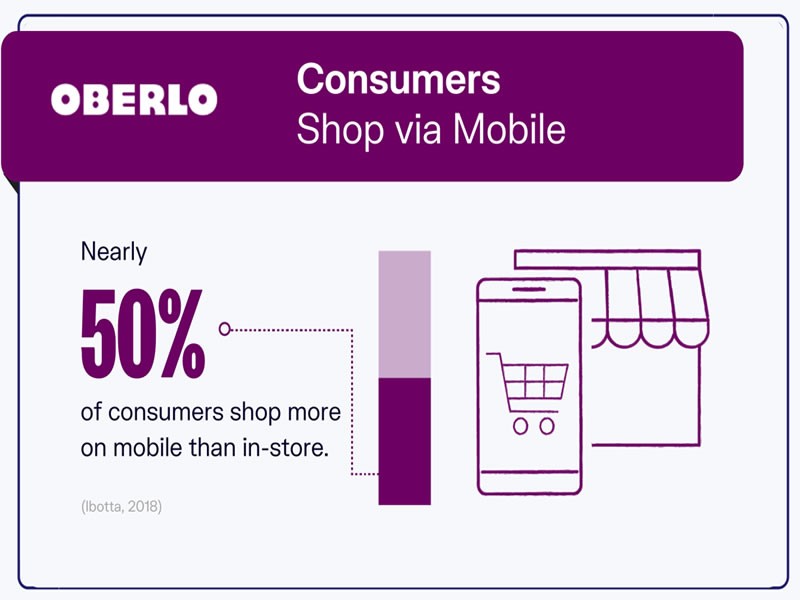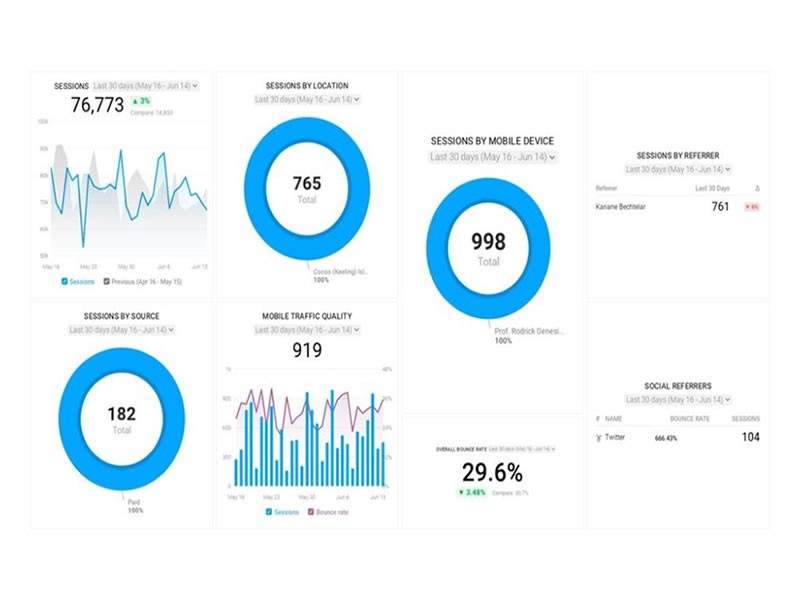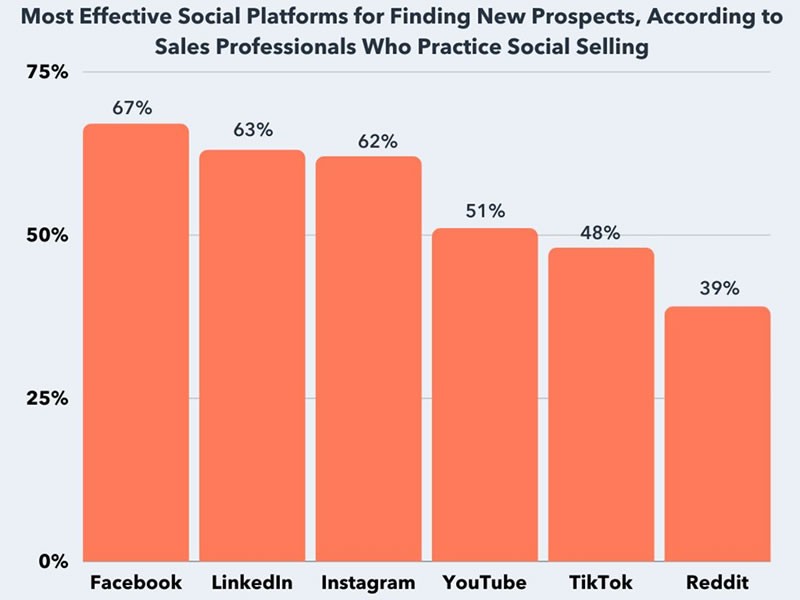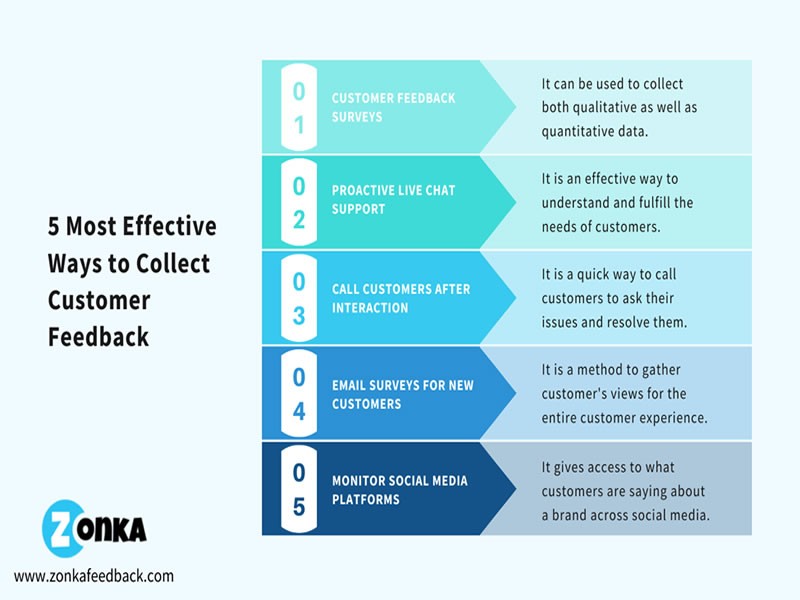Insight Blog
Agility’s perspectives on transforming the employee's experience throughout remote transformation using connected enterprise tools.
11 minutes reading time
(2119 words)
Featured
4 Traffic Tracking Tactics To Monitor Sales Performance in 2025
The sales productivity of your team isn’t a one-size-fits-all process, but it still is a process, so lets dig into the 4 Traffic Tracking Tactics To Monitor Sales Performance in 2025.
All stages of the sales funnel play an essential role in your brand's attempt to convert a lead. Tracking your consumer's venture from impression to checkout is vital if you want to ensure that each phase of the funnel is optimised for your best shot at success.
While the challenges of online commerce continue to evolve, staying on top of your brand's traffic trends could be the key to remaining confident, despite rising levels of ecommerce competition.
According to experts at Commence, "sales tracking is important because it helps you prevent further losses and encourages you into making smart gains." No matter the size or scale of your business, "by knowing the numbers, you don't have to make second guesses; you can make smart decisions based on the numbers you already see, making you a more efficient and savvy leader."
Tracking your traffic is crucial in an online landscape. With demographic trends constantly on the move, taking time to gain insight into your target audience will give you a better chance of jumping ahead of the curve.
Read on as we address the ongoing sales challenges small businesses face today and the four traffic tracking tactics that might just save your ship from going under.
What Does It Mean to Track a Marketing Campaign?
Tracking a marketing campaign involves gathering and analyzing data to measure its performance and success.
The specific data you track depends on your goals, but common metrics include conversion rates, engagement levels, and profit margins. This process helps in-house marketers and marketing agencies understand what works and optimize future strategies.
Tracking your marketing campaigns allows you to evaluate the effectiveness of different strategies, pinpoint areas for improvement, and maximize your return on investment (ROI). Analyzing data will enable you to refine your approach and allocate resources to the most successful channels.
What Marketing Channels Can You Track?
You can track campaigns across various channels, including:
- Measure engagement, follower growth, and click-through rates (CTR).
- Analyze traffic, bounce rates, and conversions using tools like Google Analytics.
- Track response rates through promo codes or dedicated URLs.
- Use QR codes, unique phone numbers, or surveys to track billboards, print ads, or direct mail.
The Benefits of Tracking Marketing Campaigns
Tracking marketing campaigns provides numerous advantages that can significantly enhance the success of your efforts.
Here's a detailed breakdown of how tracking can impact your marketing strategy and some relevant statistics to illustrate its importance.
1.Measuring Your Marketing Efforts
Tracking allows you to gather key metrics such as conversion rates, click-through rates (CTR), customer acquisition costs (CAC), and return on investment (ROI). These insights enable you to assess the performance of specific marketing tactics or initiatives objectively.
Companies that use data-driven marketing are 6 times more likely to achieve yearly profitability than those that don't.
By understanding what's working, you can make informed decisions to optimise your strategies.
2. Monitoring and Adjusting Campaigns in Real Time
Real-time tracking tools, such as Google Analytics or HubSpot, provide immediate feedback on a campaign's performance. This data lets you tweak your strategies as the campaign progresses, maximising its effectiveness.
For instance, if you notice a low CTR on a paid ad, you can adjust your targeting, messaging, or design to improve performance.
According to HubSpot, 68% of marketers who adjust campaigns based on real-time data see improved performance.
3. Planning for Future Campaigns
The data collected from tracking provides a wealth of information to refine future campaigns. By identifying what worked and what didn't, you can implement data-driven strategies that are more likely to succeed.
If a social media campaign targeting a specific demographic showed a high engagement rate, you can replicate or expand on this success in future campaigns.
Marketers who plan campaigns using data insights report 73% higher conversion rates compared to those who don't use tracking data.
4. Creating a More Cost-Effective Marketing Budget
Tracking helps you identify which efforts yield the highest ROI, enabling you to allocate resources more effectively. Understanding your cost per lead and cost per acquisition can guide you in trimming ineffective spending and focusing on profitable tactics.
Businesses that track marketing ROI are 20% more likely to maintain a sustainable marketing budget.
Reducing acquisition costs and directing funds to successful initiatives can help companies drive higher revenue and maximise their marketing budget.
Tools and Techniques for Effective Campaign Tracking
- Use tools like Google Analytics, SEMrush, or UTM codes to measure performance across websites and paid ads.
- Leverage insights from platforms like Facebook Ads Manager or Twitter Analytics to track engagement and conversions.
- Implement unique QR codes using The QR Code Generator (TQRCG), trackable phone numbers, or specific discount codes to measure success.
- Collect direct feedback from customers to gauge the effectiveness of your messaging.
How to Address Sales Challenges in 2025
It's no secret that competition within the e-commerce sector is at an all-time high. After the industry grew by a third in 2020 alone, a global digital shift has pushed commerce giants such as Amazon into the limelight while sending many small businesses packing.
Did you know that Amazon currently has over 300 million active consumers that remain loyal to their online store? In the wake of a growing demand for fast-paced shipping and low prices, it's no wonder that commerce giants such as Amazon, eBay and SHEIN continue to rake in revenue.
However, where does this leave smaller, independent businesses that continue to battle it out for the same consumers?
As we step into a smartphone-centred future, SME retailers must work harder than ever before to secure conversions amongst the unprecedented competition.
Experts at Oberlo have predicted that over half of all e-commerce traffic now comes from a mobile device, meaning that brands must pour focus into their social platform traffic as well as their smartphone-based site analytics if they want a shot at success.
The selling strategies of tomorrow revolve around brand awareness. We're talking engagement, impressions and click-through-rates.
"The line between brand awareness and performance marketing is being eliminated, and marketers need to be well-versed in the impact upper-funnel actions have on lower-funnel events," claims Justin Buckley, CEO of ATTN Agency. "This presents a unique challenge for most e-commerce brands, as most are more concerned with lower-funnel metrics (conversions, return on ad spend and cost per action) than they are with upper-funnel metrics (reach, impressions, clicks and views)."
Tracking your traffic sources at each stage of the funnel can highlight what your business is doing right, and, more importantly, which stage could do with improvement.
How can you monitor your performance?
Monitoring sales performance is a critical aspect of any business strategy. While there are countless approaches, choosing methods that align with your brand's specific goals and target audience is key to maximizing results.
For example, social listening can be a game-changer for B2C brands aiming to connect with younger, tech-savvy audiences like Gen Z.
On the other hand, more traditional strategies, such as site-based A/B testing, resonate better with B2B businesses focused on optimizing website engagement and lead generation.
- Leverage Social Listening - Track social media conversations about your brand or industry to uncover customer insights. This helps craft targeted campaigns and address audience needs effectively. Use tools like Hootsuite or Brandwatch.
- Optimize with A/B Testing - Test website elements like CTAs, headlines, or layouts to improve conversion rates. Tools like Google Optimize or Optimizely can refine user experiences and boost engagement.
- Invest in SEO - Optimize your website for relevant keywords to rank higher on search engines and attract organic traffic. Focus on both on-page (content, metadata) and off-page (backlinks) SEO strategies.
- Personalize and Retarget - Create tailored experiences with personalized content and ads. Retargeting helps re-engage users who didn't convert, increasing sales opportunities.
Consult the analytics
No matter the size, scale or industry niche your business slots within, engaging in data-based tracking is essential for every brand looking to improve their sale success.
From top-funnel metrics, such as click-through rates and site impressions, to bottom-level data, such as conversions and return on investment, your sales stats remain the most important source of consumer knowledge that a brand can possess.
Using a number of analytic tools and site heatmaps, sales leaders can quickly track and identify patterns and trends within engagement-based data and compare this to the number of conversions they are receiving from their target consumers. For example, the go-to-market platform Dealfront draws from multiple channels of data (databases, web crawling, and sales triggers) to help you connect with the right people. It can also pull potential leads from your website, meaning you benefit from Dealfront's data and your own. Sounds like the best of both worlds!
Viewing your sales stats in a visual format can aid your sales and marketing teams in highlighting what strategies are working and which campaigns require improvement.
Using the powers of AI-infused analytics, sales leaders can quickly identify specifics such as poor-performing product pages and even the percentage of mobile consumers. These stats all play essential roles in shaping future campaigns, products and services for conversion triumph.
Engage in social listening
Did you know that 56% of sales reps use social media to track consumer trends and discover new prospects?
In the age of social media domination, social listening has become a must-have strategy for ecommerce sellers looking to improve their demographic reach. It's also one of the most popular B2B sales prospecting techniques since social media is where most prospects spend their free time. Not only can social listening enhance a brand's knowledge of its target consumers and the trends that make them click, but it also opens up a window of opportunity for social selling in a platform-based environment.
As you can see above, experts at Hubspot have reported that Facebook, Linkedin and Instagram remain the most popular platforms for social listening and prospecting for sale success.
The key here is to naturally insert your brand into popular platforms and get the content and conversations flowing. The more you interact with social trends and viral content formats, the more data you'll collect from your social traffic that continues to interact and communicate with your content.
A/B test your UX
For B2B sellers, your site is your hub for success. When engaging in business partnerships, you want your site to appear trustworthy, authoritative and far up the search string as a top industry player.
In order to keep your traffic levels spiking, your user experience should be your top priority. Pouring focus into your website optimisation is a great way to boost your brand's SEO and traffic engagement levels, especially when introducing A/B testing.
A/B testing is a smart way of tracking your user behaviour on-site. The practice consists of creating two versions of your intended site design/structure and testing them against each other with numerous traffic sources. Comparing the data from each version of the site, UX designers can identify what areas of the website are performing well, and what content needs to be revamped.
This is a great traffic-tracking tactic for brands looking to improve their device-based design. Trialling site structures on a number of different devices could improve mobile optimisation, which is a must-have in a smartphone-centred era.
Listen to audience feedback
Another great way to gather CX data organically is through the channel of consumer feedback. When tracking traffic trends and demographic data, it's easy to miss the most obvious source of feedback that a brand can receive, which is from the consumer themselves.
In fact, a recent poll by Gartner claims that providing consumers with the ability to provide feedback on their experience with a brand's site or services can actually increase consumer retention and upselling by 25%.
As you can see above, there are numerous ways to collect consumer feedback. From surveys to live support, all options gather important data for sales teams to sift through and act on.
A look into the sales strategies of tomorrow
Stepping into a digital era of commerce, the sales strategies of the future will continue to revolve around the consumer.
As social media selling continues to rise up amongst the ranks, the monetisation of social platforms will play a large role in the success of e-commerce brands moving forward.
In order to stay on top, smart sellers must stay in touch with their demographic, and be constantly tracking their traffic sources in order to identify trends and patterns ahead of the curve.
Categories
Blog
(2600)
Business Management
(319)
Employee Engagement
(207)
Digital Transformation
(173)
Intranets
(119)
Growth
(118)
Remote Work
(61)
Sales
(48)
Collaboration
(37)
Culture
(29)
Project management
(29)
Customer Experience
(26)
Knowledge Management
(21)
Leadership
(20)
Comparisons
(5)
Ready to learn more? 👍
One platform to optimize, manage and track all of your teams. Your new digital workplace is a click away. 🚀
Free for 14 days, no credit card required.















